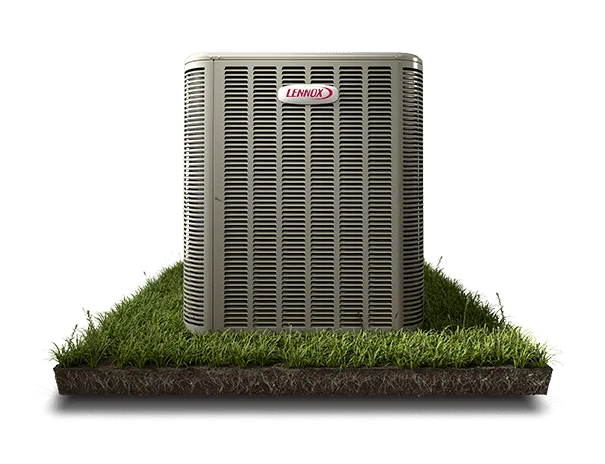Mastering Furnace Installation: A Step-by-Step Guide
Furnace installation is a crucial task that ensures optimal heating efficiency and comfort in your home or commercial space. Whether it's a replacement or a new installation, understanding the process and key steps involved is essential. In this guide, we'll walk you through a comprehensive step-by-step process for a successful furnace installation, highlighting the critical aspects and considerations along the way.
Step 1: Pre-Installation Assessment
Before installation, conduct a thorough assessment:
Sizing: Ensure the furnace size matches the heating requirements of the space. Oversized or undersized units can lead to inefficiencies.
Ductwork Inspection: Assess the existing ductwork for leaks, damages, or necessary modifications.
Energy Source: Determine the energy source (gas, electric, or oil) and ensure compatibility with the furnace.
Step 2: Gather Tools and Materials
Gather the necessary tools and materials:
Tools: Screwdrivers, wrenches, tubing cutters, pliers, electrical testers, and a drill among others.
Materials: Furnace, ductwork components, thermostat, fasteners, electrical wiring, and appropriate safety gear.
Step 3: Shut Off Utilities and Prepare the Area
Utilities: Turn off gas or electrical connections leading to the installation area.
Clear Space: Ensure the installation area is clear, providing ample room for the furnace unit and the installation team.
Step 4: Install the Furnace
Placement: Position the furnace in the designated spot, ensuring proper clearances and alignment with the ductwork.
Connect Ductwork: Carefully connect the furnace to the existing or new ductwork, ensuring secure and airtight connections.
Electrical Wiring: Connect the furnace to the power source following the manufacturer's specifications.
Step 5: Ventilation and Exhaust
Venting: Install vent pipes according to local codes and manufacturer guidelines, ensuring proper ventilation and exhaust.
Gas Lines (if applicable): Safely connect gas lines to the furnace, ensuring no leaks and proper pressure.
Step 6: Test and Calibration
Safety Checks: Perform a thorough check of all connections, gas lines (if applicable), and electrical systems for safety.
Testing: Power up the system and test the furnace to ensure it's functioning correctly, including heating cycles and thermostat calibration.
Step 7: Final Inspections and Setup
Inspections: Conduct a final inspection, checking for any potential leaks, noises, or malfunctions.
Setup: Program the thermostat and provide the homeowner or user with necessary instructions for optimal furnace operation.
Conclusion
Furnace installation demands precision, adherence to safety protocols, and a systematic approach. While this guide provides an overview, it's crucial to consult professional HVAC technicians for intricate installations or if unfamiliar with the process. A well-installed furnace not only ensures comfort but also longevity and efficiency in heating your space.



Comments
Post a Comment